A series of posts as a ‘visual score’ for the presentation Seeing Scores for Hearing Voices: Towards an Exhibitionary Theoria of Curriculum, delivered at the Journal of Curriculum Theorizing (JCT) Conference on Curriculum Theory and Classroom Practice, at the Bergamo Center, Dayton, Ohio, on October 9th, 20201.**
HEARING VOICES AUDIO*
*with thanks to Candice Hopkins and Raven Chacon for permission to include clips from their online talks, links to original sources below, as part of my engagement with their Score for Hearing Voices: Tone/Vocable/Word/Phrase/Phrase/Word/Vocable/Tone, first presented at the documenta 14, Winter Intensive 2017: Hearing Voices (School of Voice), January 17-21, 2017 at the Athens School of Fines Arts (ASFA), Pireos and Delphi
Thinking Spaces: Raven Chacon and Candice Hopkins
**with additional thanks to members of the audience and fellow presenters at the conference, and especially to Angela Inez Baldus and Paulina Valencia Camacho for their generous and encouraging responses to the ‘talk’ – here’s to our ongoing conversations!
ABSTRACT
Seeing Scores for Hearing Voices: Towards an Exhibitionary Theoria of Curriculum
This paper examines the ancient Greek concept of theoria, from which we get the English term theory, as a philosophical, cultural, and artistic curricular experience within the framework of the ‘exhibitionary complex’ (Bennett 1988; 2017) of large-scale contemporary art exhibitions known as Biennials. Approaching the curricular possibilities of such exhibitions as ‘spectacles of critique, theory and art’ (Kompatsiaris 2017), I will focus on the collaborative work of an Indigenous artist and curator at an intensive workshop Hearing Voices (School of Voice) that took place in Athens and Delphi, Greece in January 2017, as a prelude to the prominent place of the score at the intersection of the visual, verbal and aural at the documenta 14 exhibition in Athens, and its usual venue of Kassel, Germany in April-September 2017.
The theoria of Curriculum Theory builds on the concept as philosophical contemplation (Quinn and Christodoulou 2019) to align with currere as self-understanding (Pinar 2012). However, before being appropriated by philosophers, theoria originally described the experience of the theoros (‘spectator’; ‘visitor’) at religious and cultural festivals in ancient Greece (Nightingale 2004). In his account of the history and development of exhibitions as spectacular sites of surveillance, following Foucault’s analyses of the prison, clinic and asylum, Tony Bennett describes ‘exhibitionary forms’ that not only ordered objects for public inspection, but also ordered the public that inspected them (Bennett 1989). By extending Bennett’s analysis back to the experience of the theoros of ancient Greek festivals, this paper will offer an alternative framework to engage with large-scale contemporary art exhibitions as dynamic curricular sites that challenge impositions of the spectacular disciplinary order.
I will argue that an exhibitionary theoria of curriculum emerges from such exhibitions specifically via their public education programs, taking as my case-study the aneducation program at documenta 14. As a curricular theoria, the aneducation program privileged generative wandering and distraction that arise from embodied knowledges, including listening rather as much as seeing (Butcher 2017). While both theoria and the ‘exhibitionary complex’ evoke a visual experience of the festival or exhibition, the aural is a key element in both. The luminosity of the stars was a metaphor for the Good in ancient Greek philosopher, yet ‘Greek speculation on astronomy still allows the acoustic realm to play a central role’ (Cavarero 2005:154). So too, within the expanded realms of large-scale contemporary art exhibitions that include multi-sensory experiences ranging across the diverse terrain of a cityscape, the form of the visual and verbal score occupies a central place in the negotiation of visual and aural artistic and educational encounters.
By examining the interplay of voice and listening in the collaborative verbal score of an Indigenous artist and curator (Chacon and Hopkins 2017), I will further claim that an exhibitionary theoria of curriculum challenges the disciplinary and settler colonial violence inherent in institutions of learning and display (schools and museums) out of which the ‘exhibitionary complex’ emerged historically, through a more ‘resonant theory’ of curriculum that develops from contemporary Indigenous sound studies (Robinson 2020).
Works Cited
Bennett, T. (1988) ‘The Exhibitionary Complex’, New Formations 4 (Spring 1988), reprinted in Q. Latimer and A. Szymczyk (eds) The documenta 14 Reader. Prestel Verlag. 353-400.
Bennett, T. (2017) ‘Exhibition, Truth, Power: Reconsidering “The Exhibitionary Complex”’, in Q. Latimer and A. Szymczyk (eds) The documenta 14 Reader. Prestel Verlag. 339-352.
Butcher, C. (2017) ‘Curriculum’, in S. Angiama and C. Butcher (eds) aneducation documenta 14. Archive Books. 117-118.
Cavarero, A. (2005) For More Than One Voice: Toward a Philosophy of Vocal Expression. Stanford University Press.
Hopkins, C and R. Chacon (2017) Score for Hearing Voices http://spiderwebsinthesky.com/portfolio/items/score-for-hearing-voices/
Kompatsiaris, P. (2017) The Politics of Contemporary Art Biennials. Spectacles of Critique, Theory and Art. Routledge.
Nightingale, A. (2004) Spectacles of Truth in Classical Greek Philosophy: Theoria in its Cultural Context. Cambridge University Press.
Pinar, W. F. (2012) What is Curriculum Theory? (2nd ed.). Lawrence Erlbaum (original published 2004, 1st ed.).
Quinn, M. and K. Christodoulou (2019) ‘Making Manifestos in Absentia: Of a World Without Curriculum Theory’, in C. Hébert et al. (eds) Internationalizing Curriculum Studies: Histories, Environments, and Critiques. Palgrave Macmillan, 35-52.
Robinson, D. (2020) Hungry Listening: Resonant Theory for Indigenous Sound Studies. University of Minnesota Press.
SEEING SCORES 1: TONE/VOCABLE, LISA R’S R
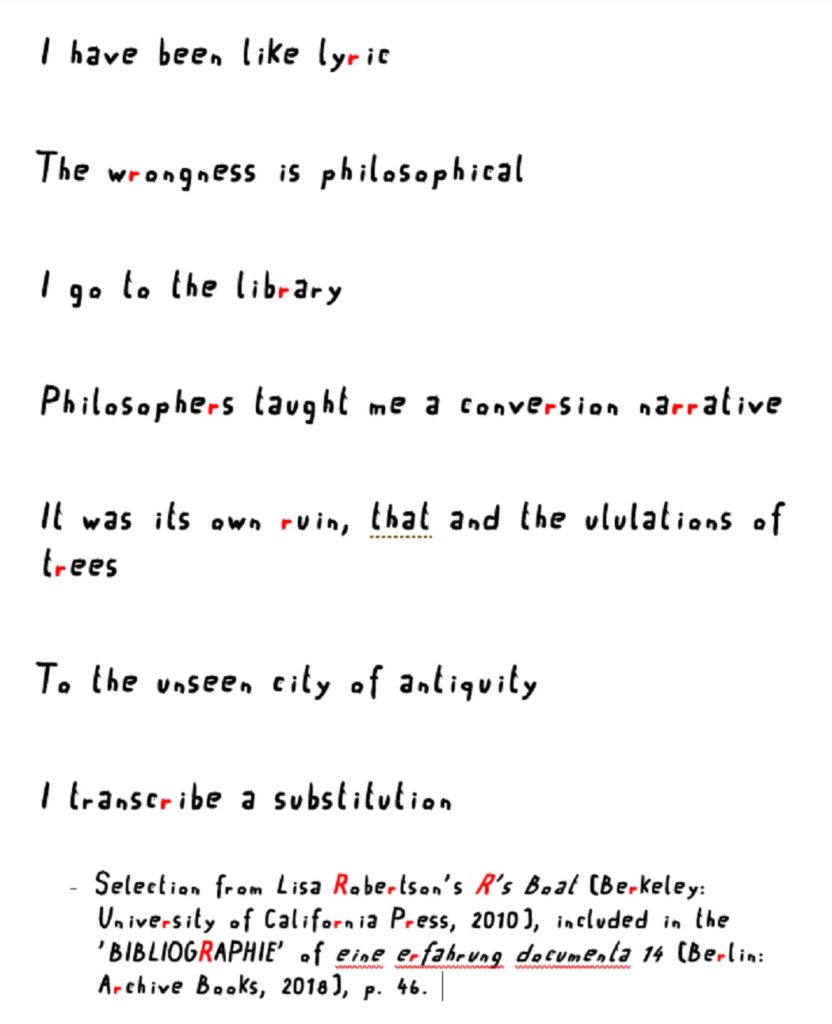
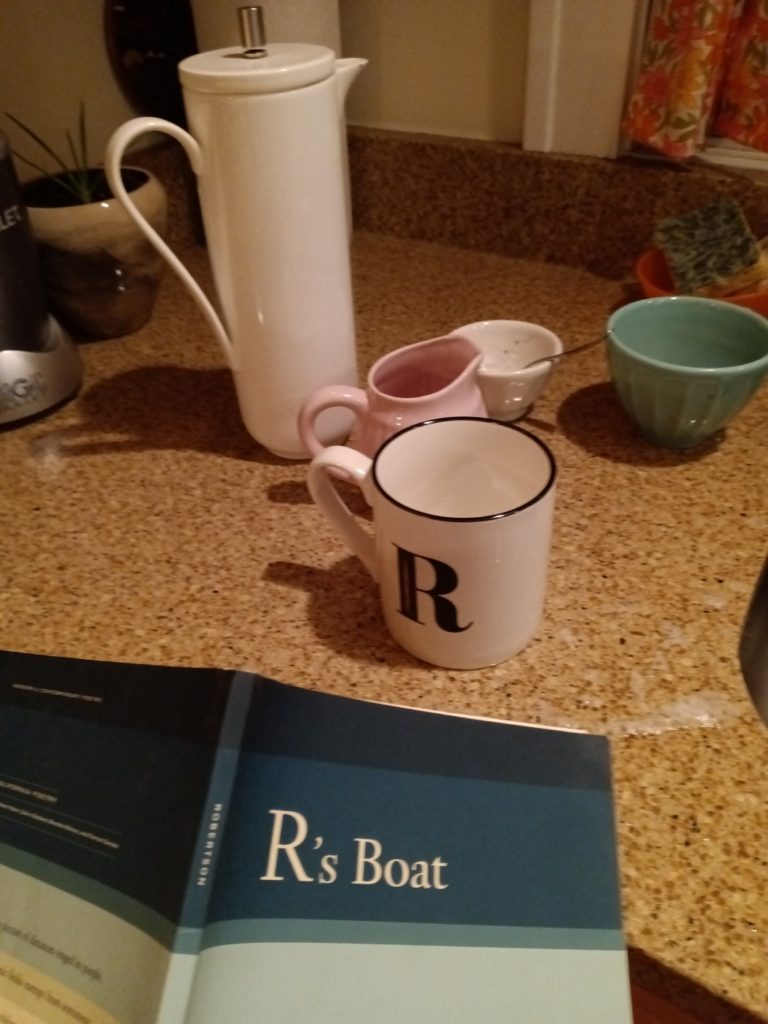
SEEING SCORES 2: VOCABLE/WORD, F-F-F-FIRE
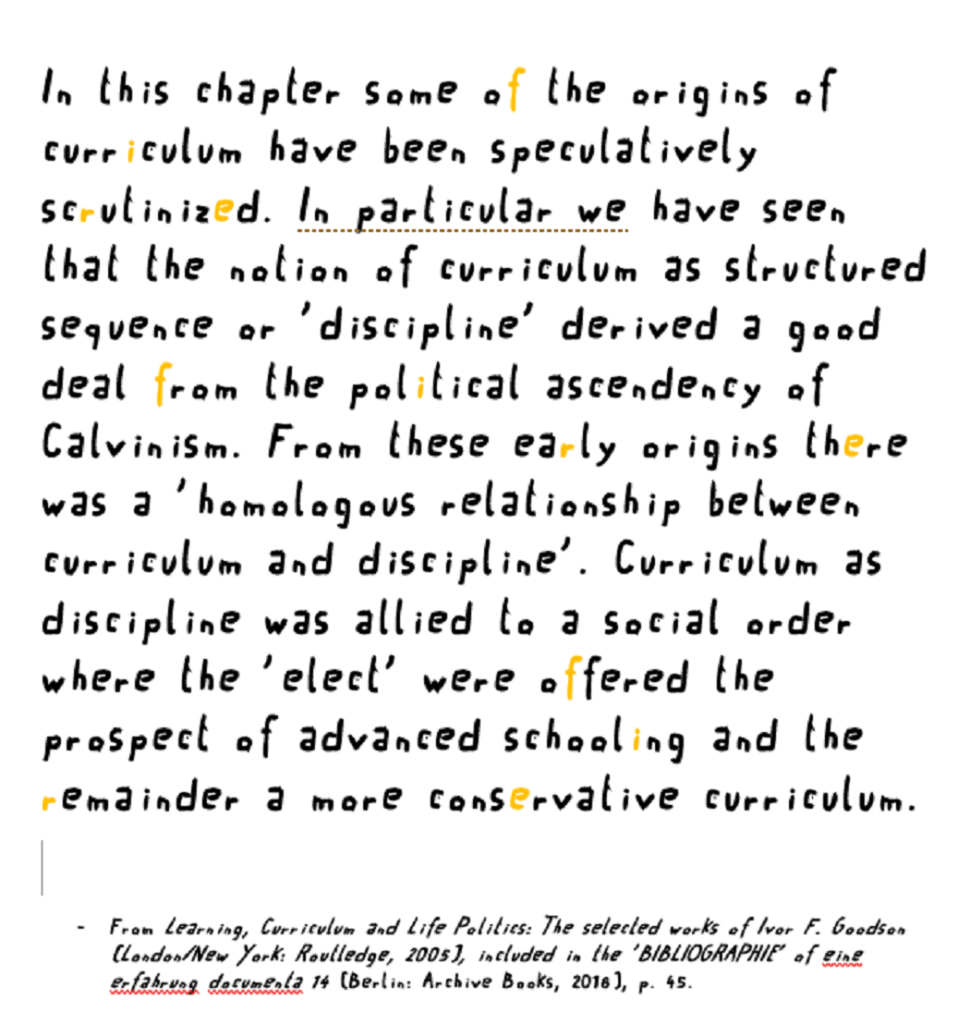
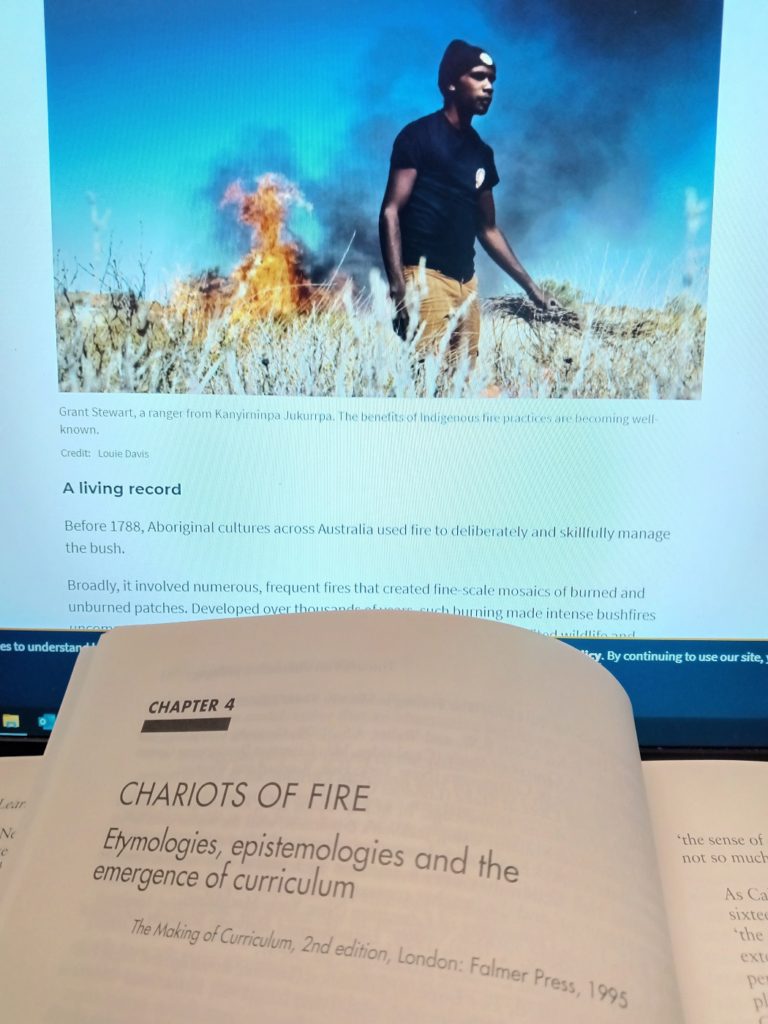
Seeing Scores 2: Vocable/Word, F-F-F-Fire
SEEING SCORES 3: WORD/PHRASE, SOUND OLIVEROS AS A SOUND
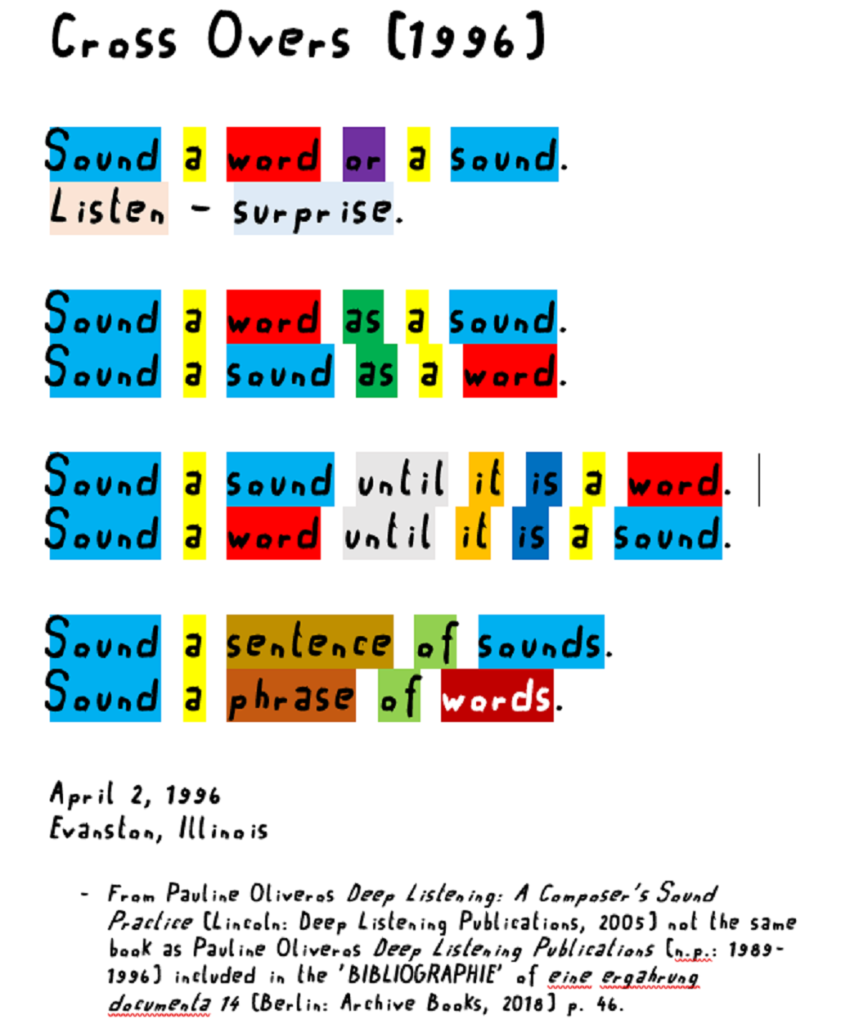
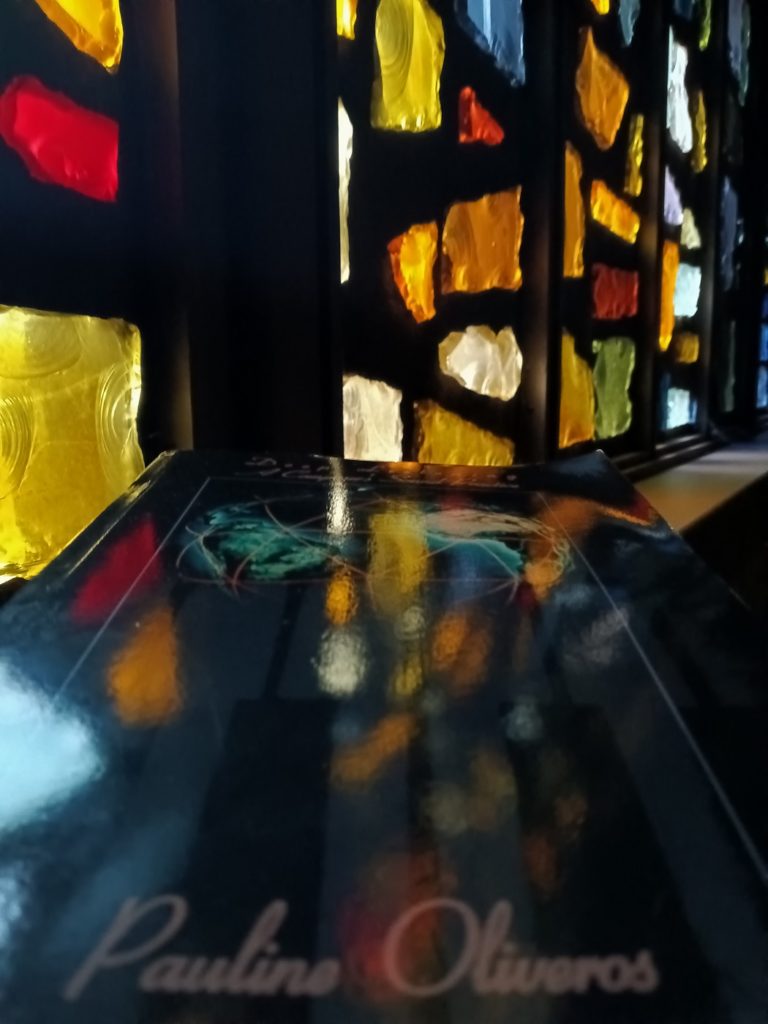
Seeing Scores 3: Word/Phrase, Sound Oliveros as a Sound
SEEING SCORES 4: PHRASE/WORD/VOCABLE/TONE, THE SPACE OF SONIC ENCOUNTER AS A SPACE OF SUBJECT-SUBJECT RELATION*
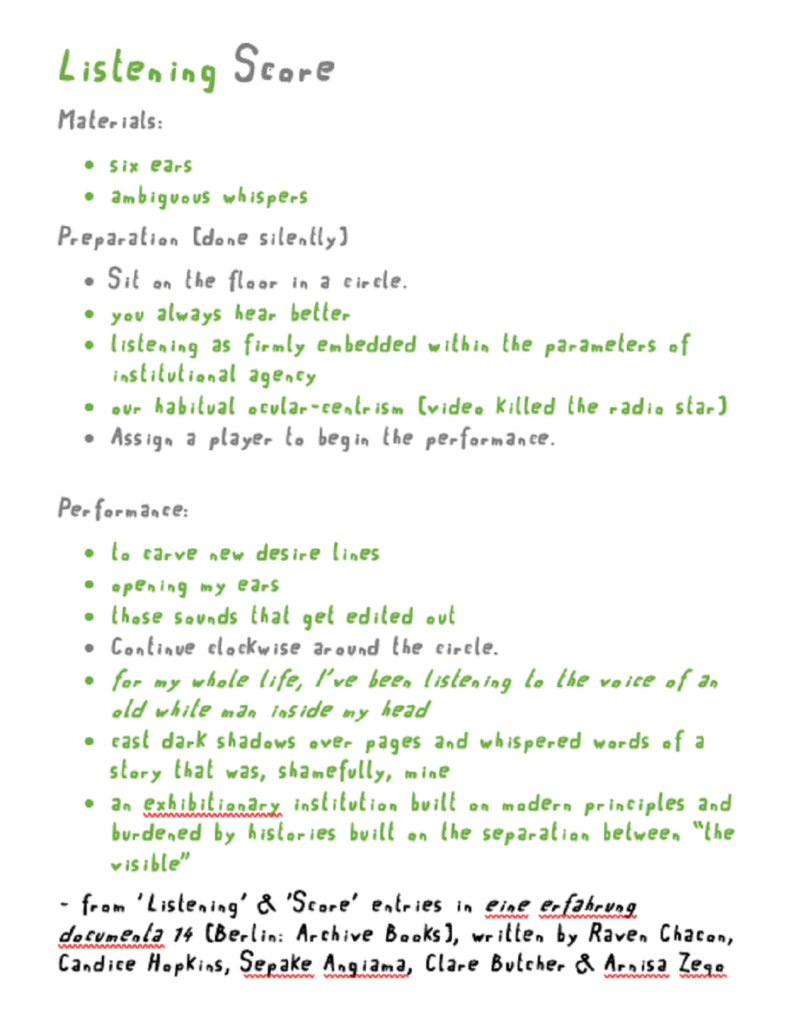
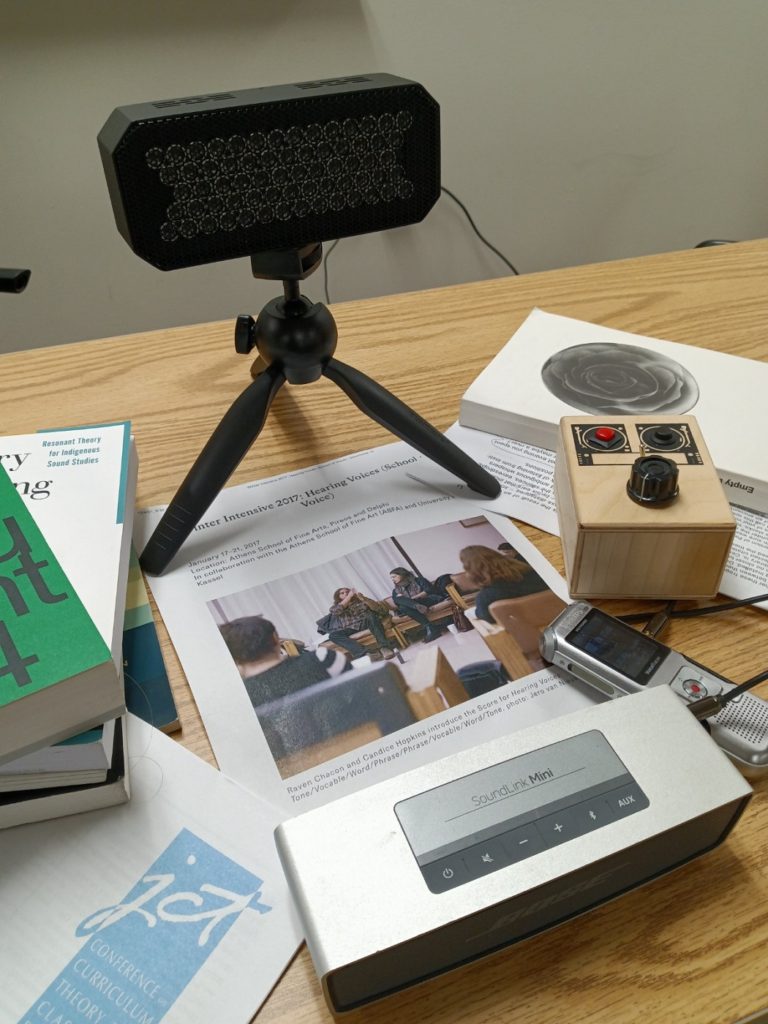
* Dylan Robinson Hungry Listening: Resonant Theory for Indigenous Sound Studies. Minneapolis/London: University of Minnesota Press, 2020, p. 15.
Seeing Scores 4: Phrase/Word/Vocable/Tone, the space of sonic encounter as a space of subject-subject relation*
SEEING SCORES 5: ENGULFED IN CATHOLIC NOISE
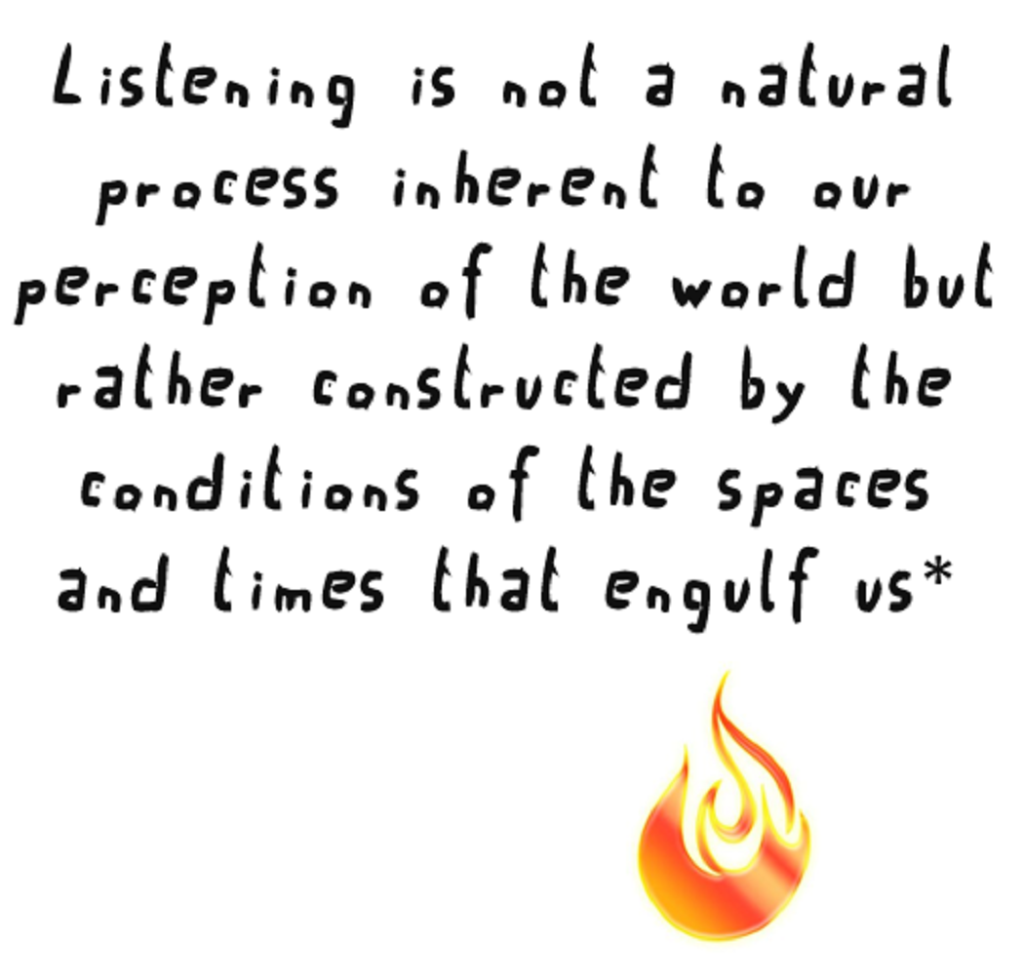
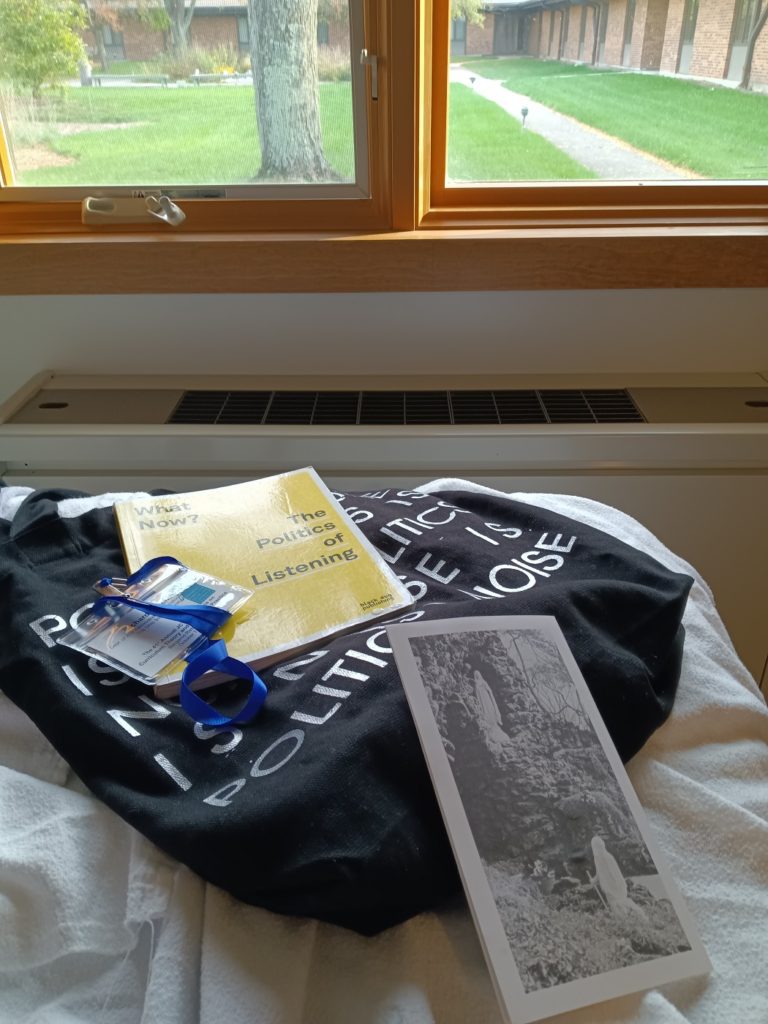
Seeing Scores 5: Engulfed in Catholic Noise